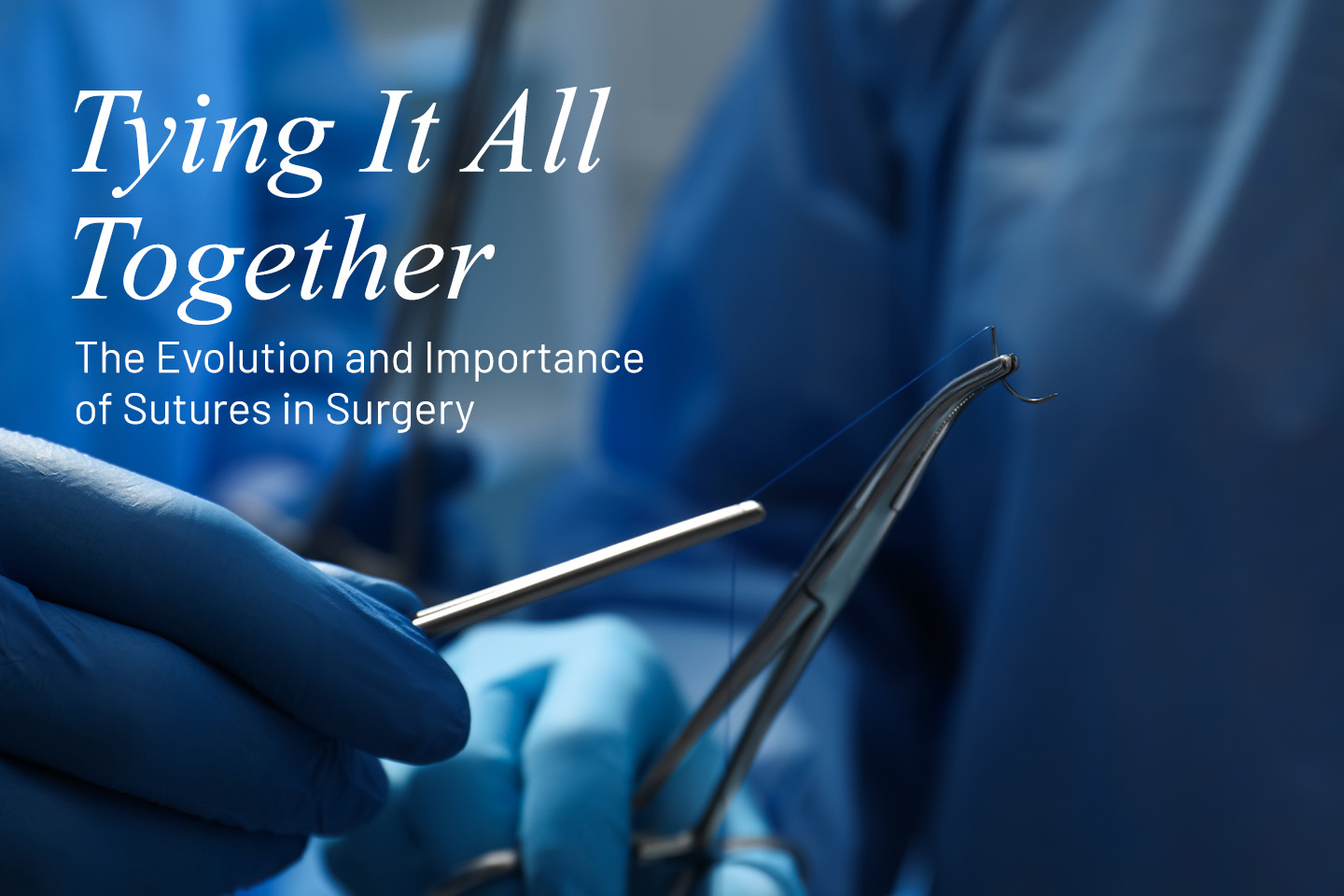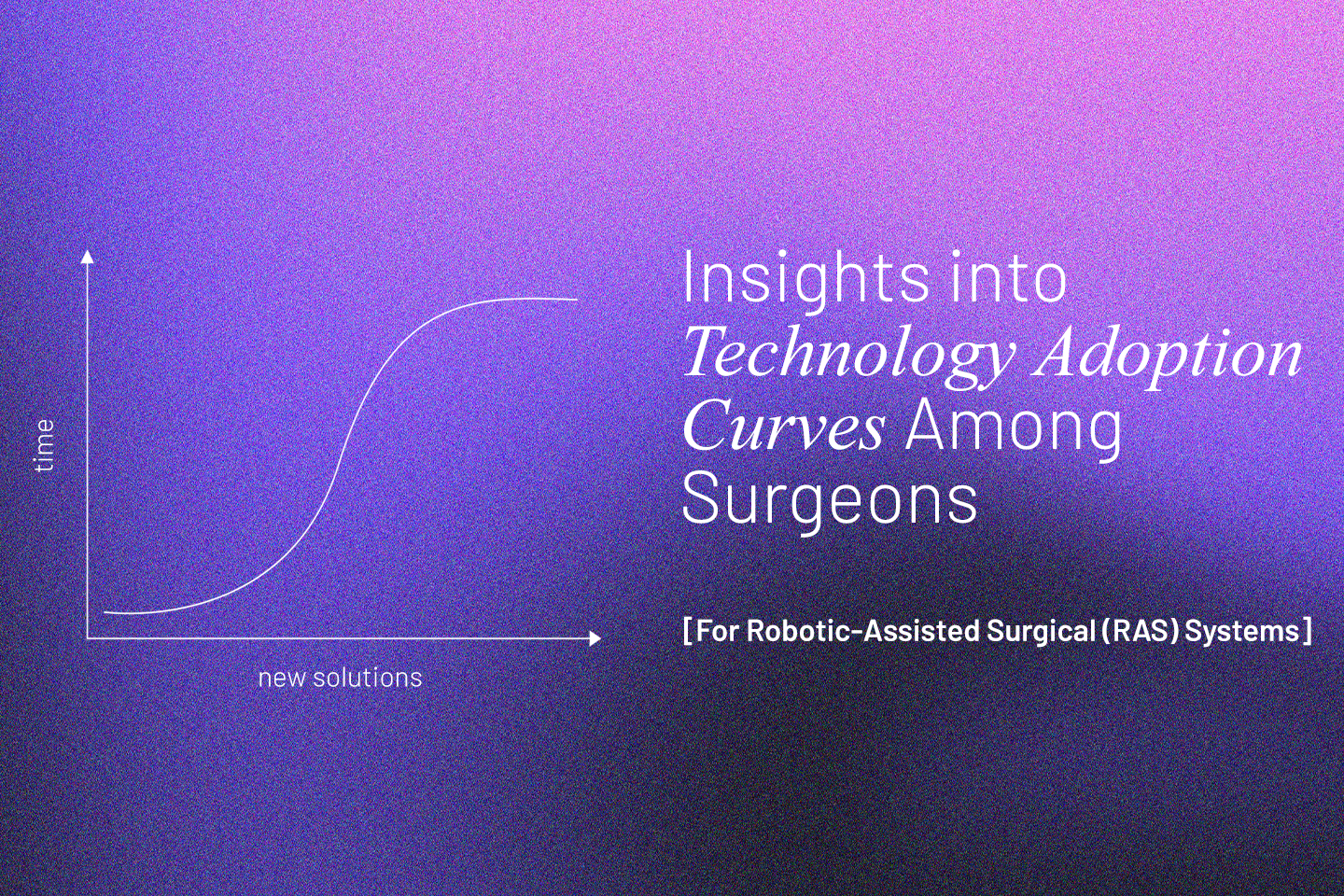Medical Devices
Tying It All Together: The Evolution and Importance of Sutures in Surgery

Surgical procedures rest on a delicate balance of incision, intervention, and closure. While tools like scalpels and forceps have seen remarkable advancements from their bronze counterparts, one of the oldest and most crucial components of surgery—the humble suture—carries a captivating history of innovation and adaptation that spans millennia, but is often overlooked.
Ancient populations throughout the world employed the jaws of giant ants as suturing devices, with records of such uses dating back to the Vedas—the oldest Hindu scriptures. Vegetable fibres, silk threads, and the spikes and dried viscera of animals were also used as suturing materials thousands of years ago, as recorded by Greek–Roman physician Galen of Pergamon.
Through the centuries, medical practitioners began to refine their approaches and experimented with different materials—such as catgut (a fibre made from animal intestines), silk, and linen, each chosen for its durability and compatibility with human tissue. It was only in the 20th century, however, that modern medicine saw a transformative shift with the development of synthetic materials like polypropylene and polyglycolic acid. These innovations offered remarkable strength, precision, and absorbability, transforming surgical procedures to be safer, cleaner, and more reliable—qualities that continue to define standard surgical practice.
Today, sutures have evolved into a sophisticated array of options, with each material type and design tailored to meet the specific demands of various surgeries. Far from the simple threads of early history, sutures now play a pivotal role in promoting recovery, reducing infection, and minimizing scars, all while aligning with the surgeon's unique needs.
Meril’s Mitsu Sutures: The Right Tool for the Job
Meril’s Mitsu line of sutures, comprising a variety of synthetic absorbable sutures tailored for different purposes, embody the latest advancements in suture technology to meet the demands of modern surgical practice.
The MITSU AB™ Sutures are mid-term absorbable braided synthetic sutures made of poly(glycolide-co-l-lactide) (90/10) coated with Triclosan, an antibacterial agent that is effective against skin bacteria, and usually well-tolerated by tissue resulting in minimal irritation. These sutures facilitate antibacterial wound closure and are completely absorbed within 56 to 70 days.
These sutures retain 75% of their initial tensile strength for up to 14 days, which is ideal for surgeries requiring short- to mid-term support. By day 21, the sutures still hold between 40% to 50% of their initial strength, which is enough to stabilize healing tissues while minimizing the chance of adverse reactions.
In addition, Mitsu AB sutures’ packages come with high-quality stainless-steel needles, specifically designed for easy and accurate penetration across different tissue and suture types. Thanks to a high needle–thread integrity, Mitsu AB sutures deliver consistent performance at every pass, providing excellent knot security plus the ability to smoothly reposition knots.
The MITSU™ Polyglactin 910 Sutures are mid-term absorbable braided and coated synthetic sutures made of Poly(glycolide/L-Lactide) and coated with a mixture containing equal parts of a copolymer of glycolide, lactide, and calcium stearate. These sutures are designed to allow the growth of fibrous connective tissue due to (minimal) initial inflammatory tissue reaction. They degrade over time through hydrolysis, breaking down into naturally absorbable glycolic and lactic acids.
For procedures like skin closures and episiotomies, where rapid healing is required, MITSU FST™ Sutures provide a better solution. Composed of a variant of Polyglactin 910 with lower molecular weight, these sutures offer reliable support over a short time period, ensuring minimal tissue trauma and a predictable absorption profile. More specifically, Mitsu FST sutures retain their tensile strength for 5 days and are completely absorbed by the body within 42 days. Being completely undyed, these sutures are ideal in cases where minimal scarring and cosmetic outcomes are prioritized.
Overall, Meril’s Mitsu line of sutures are a perfect example of how technical innovations can contribute to improved surgical outcomes. As medical science progresses, the role of sutures will undoubtedly continue to evolve to meet the complex demands of modern surgeries for both surgeons and patients. Meril remains committed to continuing to provide the latest advancements in the field, ensuring that the smallest details in medicine can have the most profound impact on patient outcomes.





